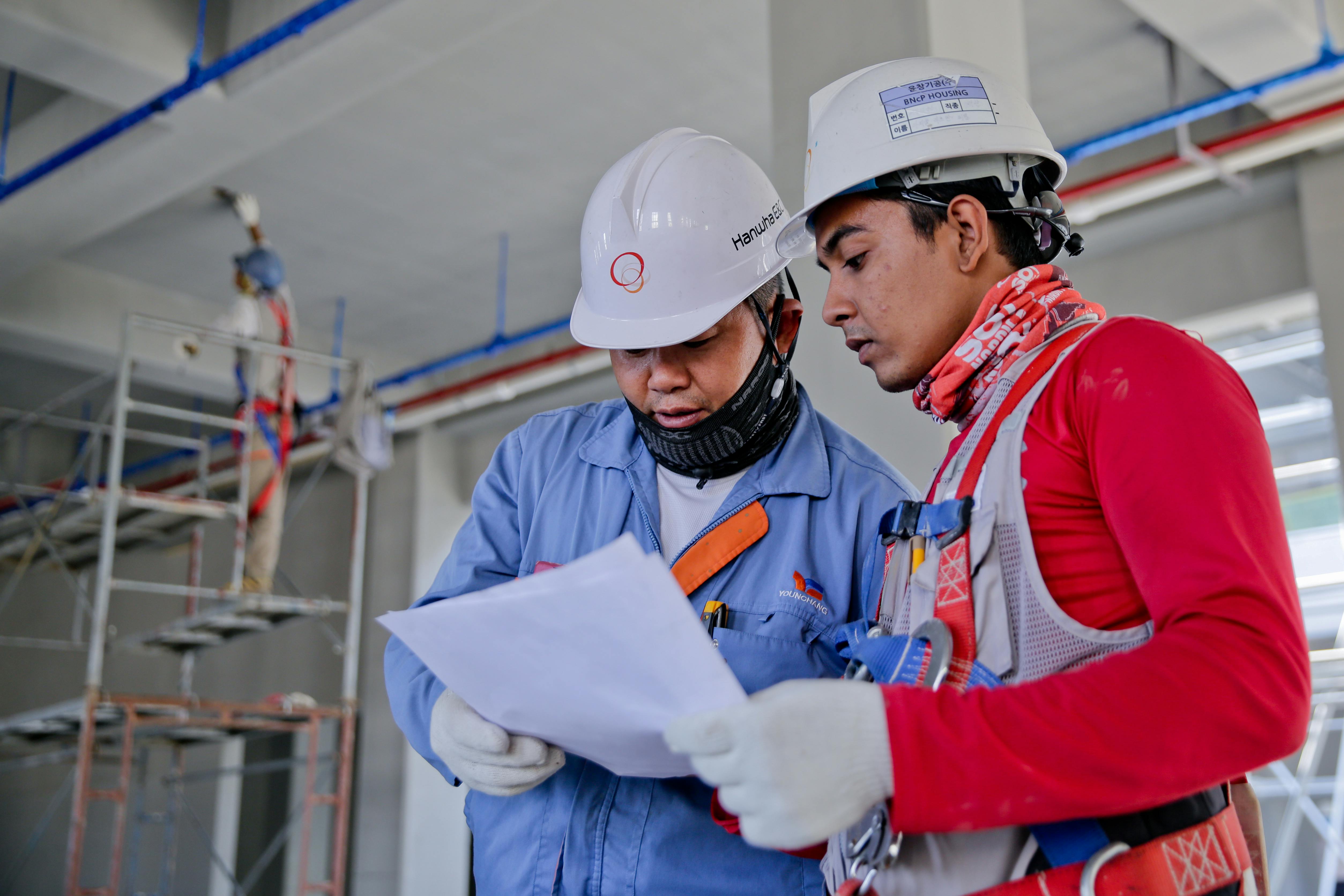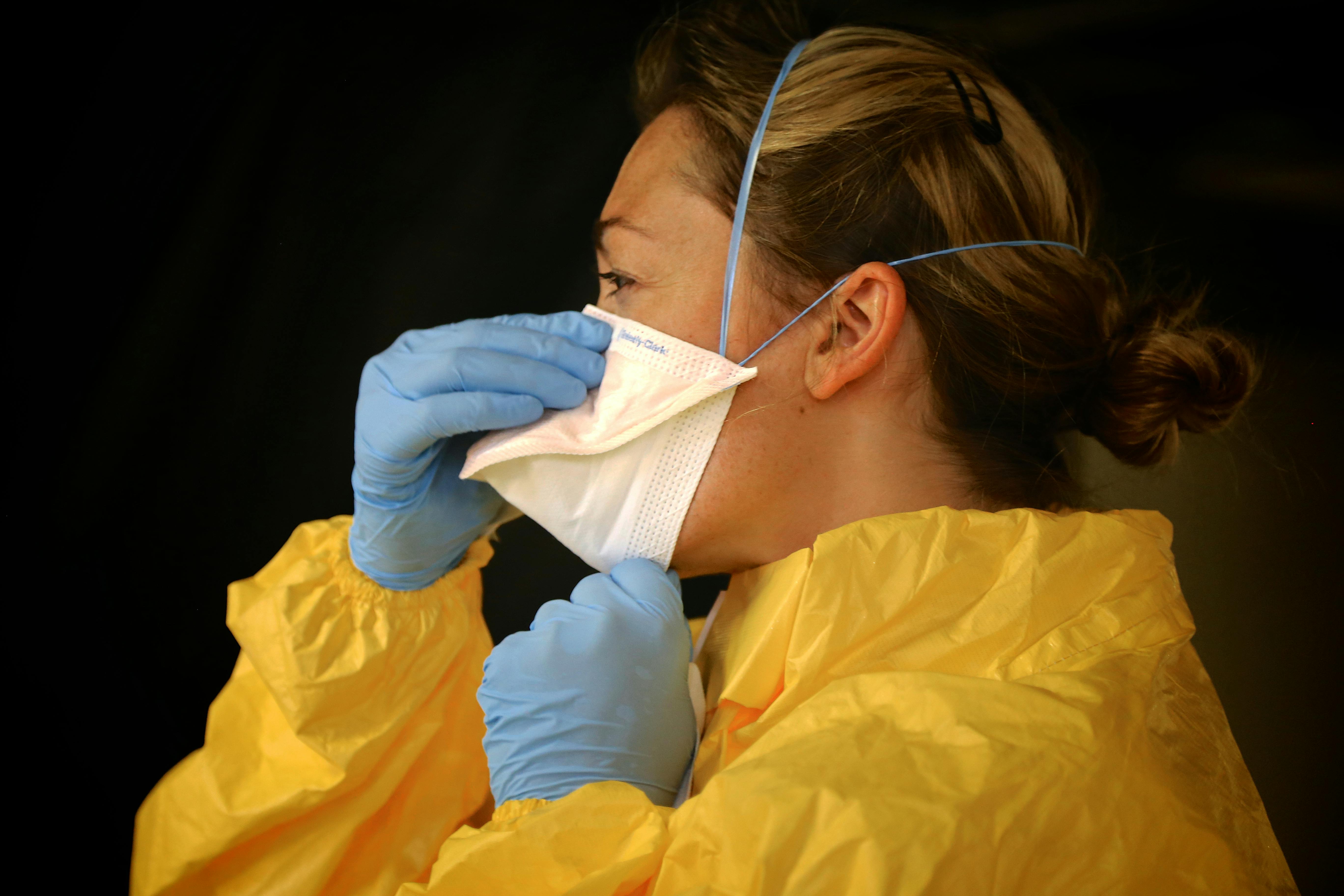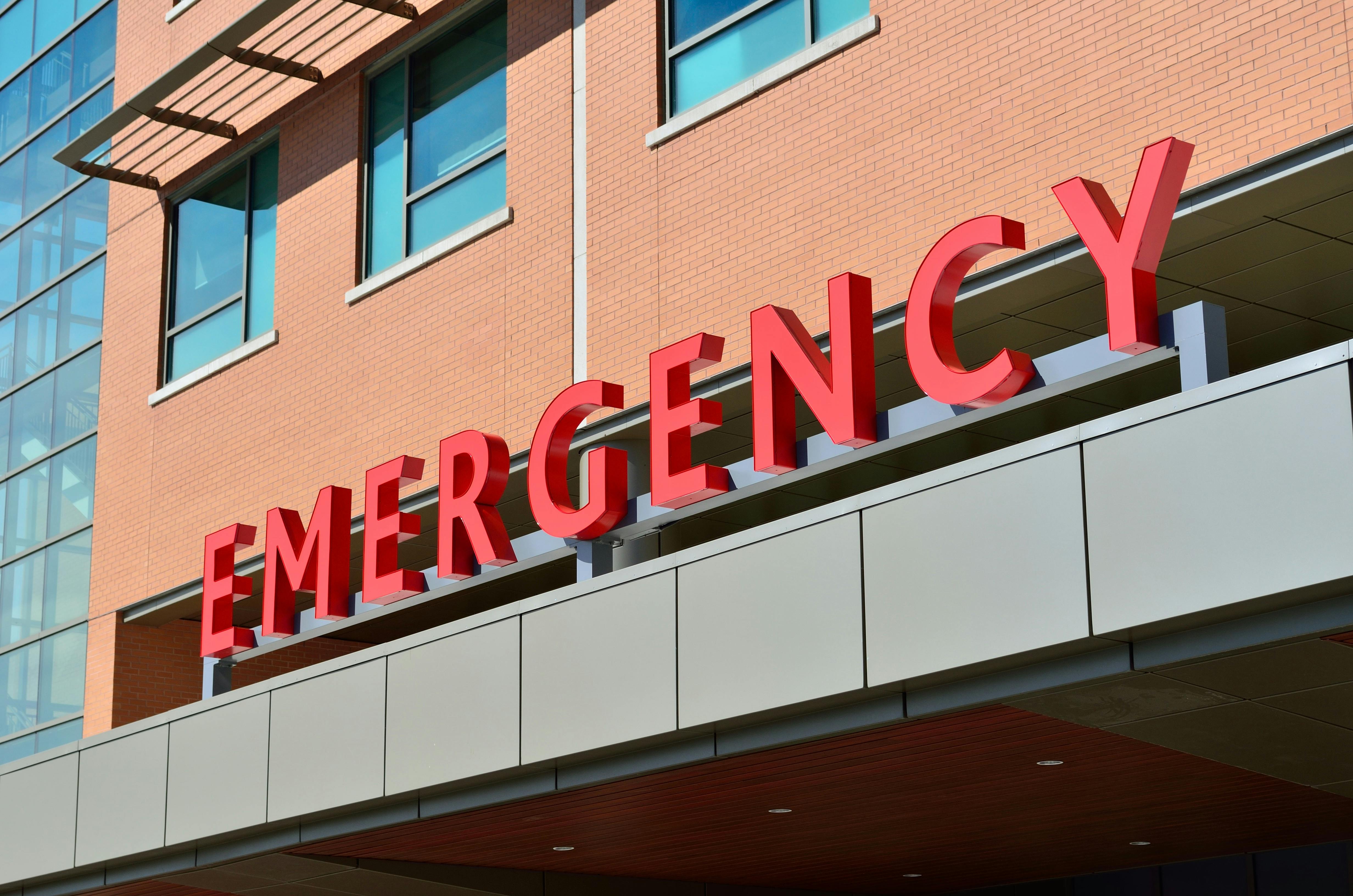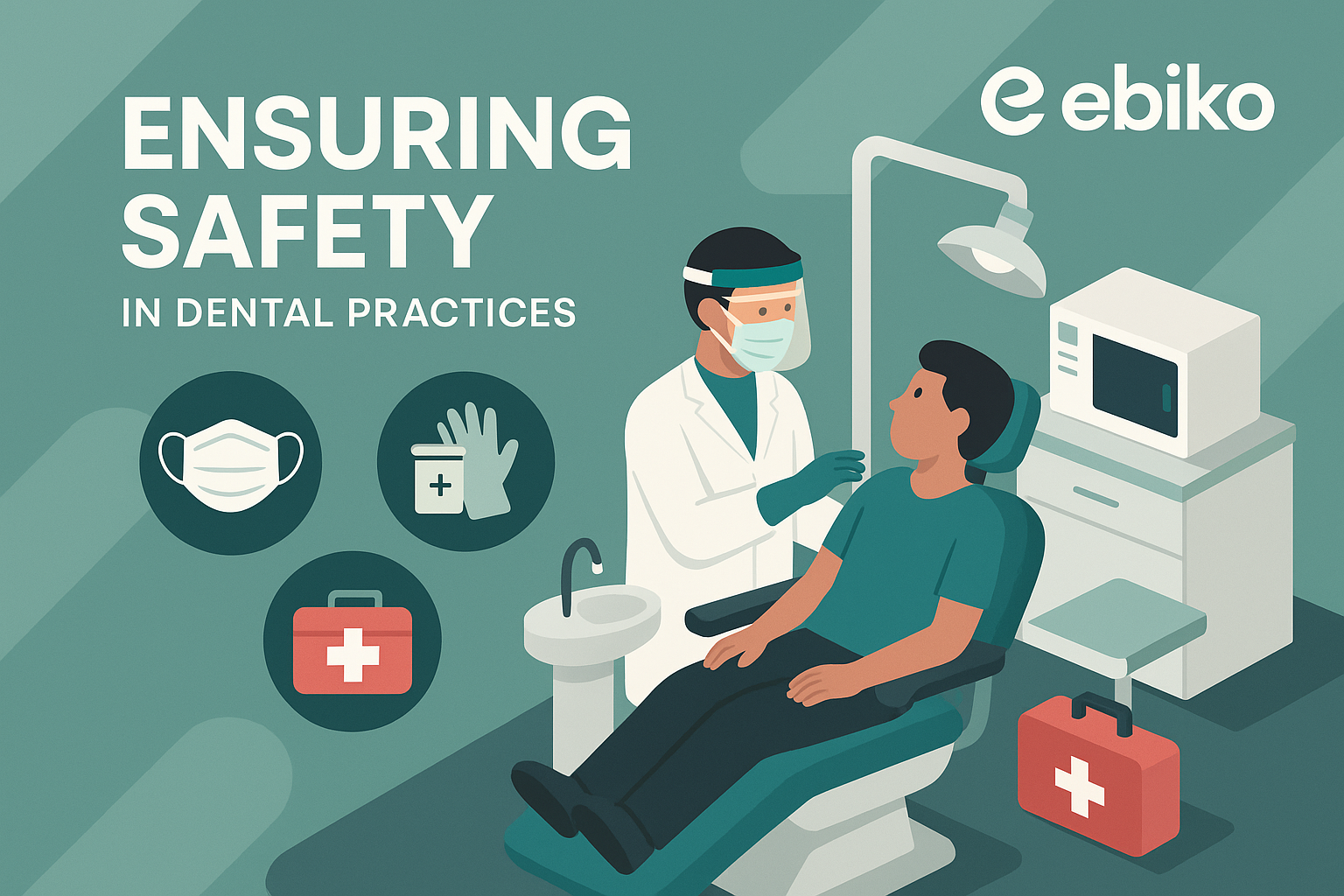Essential Safety Guidelines for Canadian Dental Practices

In the ever-evolving landscape of dental care, ensuring a safe environment for both patients and staff in dental clinics across Canada is paramount. Understanding and adhering to established safety guidelines is critical for enhancing patient trust and meeting regulatory requirements. These principles, anchored in public health standards and reinforced by institutional policies, are the backbone of ethical and sustainable dental practice in the Greater Toronto Area (GTA) and beyond.
Infection Control Protocols

Hygienic practices are central to infection control in dental settings. From the moment a patient enters the operatory to the instrument sterilization post-treatment, infection control must be rigorously enforced. Canadian dental clinics must implement strict sterilization and disinfection protocols for all tools, surfaces, and operatories. This includes using high-quality disinfectants, appropriate barrier protection, and ensuring sterilizers function within Health Canada standards.
Moreover, regular training for dental staff on the latest infection control measures keeps teams vigilant and informed. Refresher workshops, posted protocols in staff areas, and active internal auditing help translate knowledge into consistent daily practice. Staff should understand standards from documents like the “Infection Prevention and Control Guidelines” issued by the RCDSO and public health authorities.
Personal Protective Equipment (PPE)

Proper use of personal protective equipment (PPE) is critical in safeguarding both patients and dental professionals during close-contact procedures. Dentists operating in communities like Mississauga, Scarborough, or Vaughan must ensure their inventories include ASTM-rated masks, gloves, eye shields or goggles, full-sleeve gowns, and surgical caps when appropriate. PPE protects against bioaerosols, bloodborne pathogens, and cross-contamination risks.
Reliable sourcing of quality PPE makes a difference. Practices should consider trusted dental suppliers such as EBIKO Dental for PPE that meets Canadian safety and performance standards. Your supplier should be transparent about certifications, expiry dates, and usage recommendations. In addition, implementing proper PPE donning and doffing protocol ensures staff are not contaminating themselves or surfaces during removal.
Emergency Preparedness

Every dental practice across Ontario must be ready for medical emergencies—from allergic reactions, fainting, and hypoglycemia to cardiac events. Emergency preparedness starts with having a well-stocked emergency kit that complies with local practice requirements. Oxygen, EpiPens, antihistamines, glucose tablets, and an AED must be on hand and checked regularly.
Training staff on how to respond to each possible scenario through CPR certification, emergency simulations, and incident debriefs can vastly improve outcomes. Clinics should review emergency scenarios quarterly and designate a safety officer responsible for coordinating responses and maintaining medical equipment. It’s essential to store emergency kits in a clearly visible and easily retrievable place.
Patient Communication
Clear and proactive communication regarding clinic safety builds reassurance and trust. When patients understand the extra efforts being made to protect them, from HEPA filtration to staggered appointment times, their anxiety levels reduce significantly—particularly for elderly or immunocompromised patients.
Reception staff and hygienists should be trained to explain safety protocols naturally during patient intake or pre-appointment calls. A pre-treatment walkthrough—even a brief one—about surface disinfection, hand hygiene requirements, and PPE worn can eliminate fear. Place visible signage around the dental office that explains safety practices in simple and inclusive language to aid transparency.
Regular Audits and Inspections
Conducting routine internal audits ensures consistent adherence to provincial safety regulations. Dental offices should establish an inspection calendar that includes daily checklists, monthly PPE reviews, quarterly sterilization cycle testing, and annual emergency refreshers. These protocols not only foster compliance but reveal risks before they result in safety incidents.
Incorporating digital audit tools or standardized checklists—many of which can be sourced or adapted through providers like EBIKO Dental—adds structure to inspections. During inspections by the RCDSO or Public Health Ontario, having accessible documentation, maintenance logs, and training records reflects your commitment to patient safety and quality control.
Ensuring Safe Dental Practice Across the GTA
By meticulously following safety practices including infection prevention, PPE usage, emergency readiness, patient communication, and regular internal audits, dental professionals across the GTA—from Brampton to North York—can maintain trusted, compliant, and patient-friendly clinics. These safety measures contribute to long-term reputational success, team efficiency, and ultimately, better health outcomes for everyone involved.

